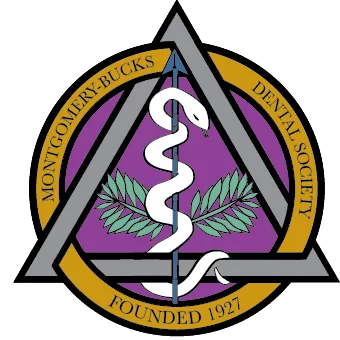If you think your child is too young to need root canal treatment, think again — there is no age limit for this treatment. If his/her primary (baby) teeth have been injured, or if decay has advanced deep into the roots of your child’s teeth, a root canal treatment to stabilize teeth may be needed. Root canal treatment removes infection from the pulp, the living tissue that is found inside the tooth’s roots. The pulp contains the tooth’s nerves, so tooth pain is often an indication that decay has moved into the pulp.
When performing root canal treatment on primary teeth, we must keep in mind that the primary teeth’s roots will be resorbed as part of the normal process in which the body makes room for the growing permanent teeth that will take their place.
If a child experiences tooth pain that is related to changes of temperature or pressure, or exposure to sweet or acidic foods, the infection is likely to be minor and easily repaired. But if he or she feels a constant or throbbing pain regardless of stimulation, it may indicate an extensive infection of the pulp and surrounding area.
If the infection is advanced, the baby tooth may have to be removed. But if baby teeth are lost prematurely, a malocclusion (from “mal” meaning bad and “occlusion” meaning bite) can easily result; so we make every effort to keep the baby teeth in place to guide the permanent teeth that are forming underneath them, inside the child’s jaw. In such cases an endodontist (from the root “endo” meaning inside and “dont” meaning tooth) or pediatric dentist may perform root canal treatment, removing the diseased and infected pulp from within the tooth’s roots and replacing it with a substance that can be absorbed when it is time for the baby tooth’s roots to be resorbed naturally.
When baby teeth are injured through a fall or blow to the face (referred to as traumatic injury) they may develop discoloration varying from yellow to dark gray. This is a sign of damage to the pulp tissues inside the tooth’s roots. Dark gray discoloration often indicates that the pulp tissues have died. In such cases root canal treatment is needed to remove the dead tissue. If a tooth is completely knocked out of the child’s mouth, most dentists agree that it should not be replanted because of the risk of damage to the developing tooth underneath.
Root canal treatment for baby teeth is a better choice than tooth removal if at all possible. It helps a child retain full function of their teeth, jaws and tongue, preventing speech problems, and it helps guide the permanent teeth into their proper places.
Contact us today to schedule an appointment to discuss your questions about treatment for children’s teeth. You can also learn more by reading the Dear Doctor magazine article “Root Canal Treatment for Children’s Teeth.”













 (215)-368-1424
(215)-368-1424
